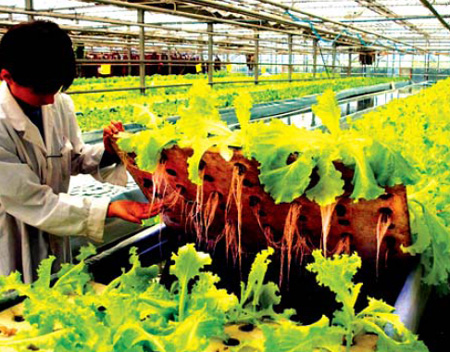Business
Look for a complete provincial makeover in next five years
By Tian Xuefei and Zhou Huiying (China Daily)
Updated: 2010-11-30 08:03
 |
Large Medium Small |
|
|
Heilongjiang, one of China's most important agricultural areas, sees modern agricultural development as the next step in improving economic growth.
The northeastern province will put more into "better, faster, and greater" development as part of the 12th Five-Year Plan, from 2011 to 2015.
Heilongjiang - known as the beidacang, or "great northern storage house", or breadbasket - produces around 50 billion kilograms of grain annually.
To ensure that this food supply is steady, the provincial government is working on an eco-friendly strategy for efficient, high-quality productivity. This involves large-scale, intensive farming model.
The provincial agricultural administration has water conservation and irrigation plans covering the next five years.
It will encourage the use of information-based, high-tech agricultural models, better standards, modern machinery for improved productivity and efficiency, and increased incomes for farmers.
Although it is resource rich, its high level of consumption and heavy pollution over the past several decades poses ecological hazards.
New development model
Now the province has its sights set on building an energy-preserving, eco-friendly society with a low-carbon, green economy.
The old-fashioned method of dealing with pollution after the fact has been replaced with a new developmental model involving cleaner production and a circular economy. This means saving energy, cutting emissions, and environmental protection.
Improving people's lives
The provincial government is paying attention to the people's standard of living in the next Five-Year Plan. It wants to improve the housing situation, healthcare, and pension system, and alleviate poverty so that everyone "shares the fruits of development", government officials say.
And employment is a priority. The government is trying to increase employment and make sure that income growth is not outstripped by economic growth.
It also wants to improve social security, which includes insurance, social relief and social welfare. With charitable organizations and insurance companies as complements, the government also aims at a social security system that covers both urban and countryside areas.
The government plans to give more fiscal backing to a system that guarantees the right to housing and improves the living conditions of urban and rural people.
Improvements are planned for unsafe housing and shantytowns across the province. These are due to be completed in the next five years, according to the local government blueprint.
